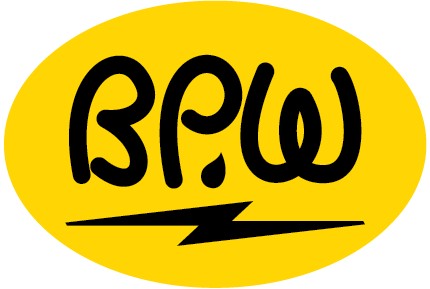Home Energy Use Calculator
Being aware of how much electricity you are using in your home is a first step in saving energy. Holland BPW's Home Energy Use Calculator gives an estimate of energy usage (kWh equivalent) per square foot. It can be used to compare your home's usage to others in Holland, the Midwest, and the world. The tool is meant to give a snapshot of your energy usage and does not take into account several factors affecting your home's energy efficiency such as ceiling height, number of occupants, and weather.
You will need 12 months of electric and gas usage and the square footage of your home to calculate your number.
Low/No Cost Improvements
Dress for the season
- When it comes to inside temperatures, people’s comfort zones can vary greatly. At work, for instance, sometimes employees forget that it’s fairer to all if they dress in layers. For example, turning down thermostats in the summer for people who wear the same clothing they wear during cold months does not make sense when your goal is to achieve energy savings. Once employees understand the reason for establishing thermostat settings is to lower your energy bills – not their comfort level – they should begin to dress more appropriately and still be comfortable.
Have different winter and summer temperature set-points for the thermostat
- How the human body feels temperature between summer and winter is different. A room that is 72° F in the winter will feel comfortable to warm for most people. The same room at 72° F in the summer will feel chilly. A good setpoint range for AC is 74 to 76° F. If employees dress appropriately, these temperature should be just fine.
Use a programmable thermostat
- It is the middle of the night at your office, no one is there, and the AC is running to keep the room at 72° F – nice and cool for nobody – which is wasting energy. Use a programmable thermostat to reset the temperature when nobody is in the office. This is called the Unoccupied Time; when people are in the space it is called the Occupied Time. Program your thermostat to increase the temperature setpoint by 8° about 30 minutes before people go home for the day. For example, the office hours for ABC Inc. are from 8 AM to 5 PM. Program the Occupied Time setpoint to 72° from 8 AM to 4:30 PM and the Unoccupied Time setpoint to 80° starting at 4:30 PM. Changing the Unoccupied Time to 4:30 PM instead of 5 PM will save energy. This strategy is referred to as letting the building coast and has minimal impact on human comfort. This strategy works at home too. Optimize your thermostat for unoccupied time and occupied time.
Keep heat sources away from the thermostat
- A hot coffee pot next to a thermostat will cause the AC to turn on which unnecessarily wastes energy. Keep thermostats out of the sun’s rays and away from computer monitors and other office equipment. Remember: if it plugs in, it gives off heat.
Tune-up
- Have your AC unit checked out every spring before the cooling season starts. This should include cleaning the condenser coil, changing the filter, and checking the refrigerant charge. Dirty components and low refrigerant make your air conditioner work harder and costs you more money.
Fix Air Leaks
- Sometimes businesses operate with open dock doors or even store entrances to help bring in customers. If your business does this, it will be reflected in the electric bill. Also, anytime you can feel a draft from a window or door, it is costing you money. Seal leaking windows and doors to prevent costly drafts. Simply using your hand or holding a dollar bill vertically around doors and windows works well for finding drafts.
Fans and Shades
- Hot sunny days can make your air conditioner work extra hard. Instead of lowering your thermostat to keep cool, try using a fan. Air moving across the body has a cooling effect. Fans are cheaper to operate than air conditioning and may allow you to turn up the thermostat setpoint or even turn off the air conditioning.
A window on a sunny day is like a big magnifying glass when it comes to heating up a room. Try closing the shade. This will stop the sun’s rays from touching you and the objects in the room. Closing the curtains will have an immediate cooling effect.
Capital Improvements for Business
Economizer
- People, electronics, and machinery can give off heat. Windows that are exposed to the sun can create a very warm room, even in the winter. If there is enough internal heat-load from these things, it may be necessary to cool the building interior spaces even in the winter. If the outside air temperature is 55° F or less, it can be used to cool the building instead of using the cooling equipment. The HVAC unit will open a damper to the outside to bring in the colder air. This is called Free Cooling or an Economizer.
Install New Energy-Efficient Equipment
- Advances in technology make modern equipment very efficient compared to older equipment. Depending on your situation, it may or may not be cost-effective to replace older equipment just for the energy savings. However, it is usually cost-effective to upgrade to a more efficient model than the standard baseline equipment when you are buying new equipment. The energy savings and utility rebates make up much of the difference when purchasing a higher efficiency model.
Direct Digital Controls (DDC)
- Larger and more complex HVAC systems may benefit from DDC. DDC is a centralized computer system that controls HVAC equipment. There are several different control strategies that can be used to help save energy; scheduling, optimal start/stop, economizer, outside air temperature enabling, load shaving, and setpoint reset schedules are some examples
For more information, contact us at: EnergySmart@hollandbpw.com

